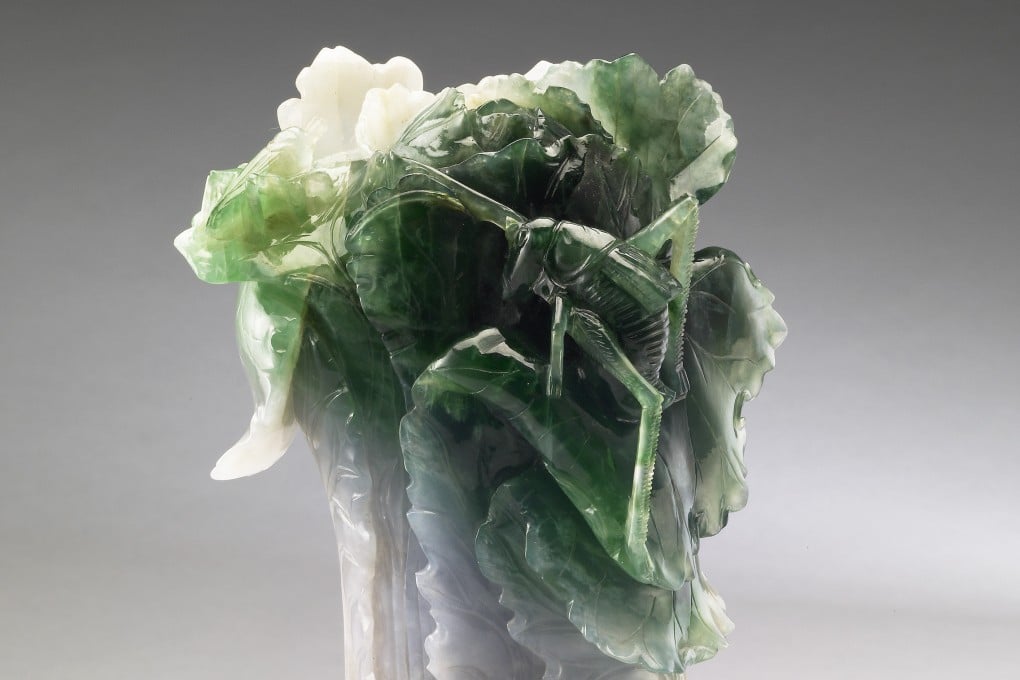The race against time to save Forbidden City’s treasures in the second world war had shades of Indiana Jones
- When the Chinese people learned the nature and extent of the treasures in Beijing’s Forbidden City, the seat of imperial power, they were stunned
- That the treasures survived is down to a small band of men and women who packed them up and moved them to safety in wartime, says Adam Brookes in Fragile Cargo

Until the expulsion, in 1924, of Puyi, the last emperor of China, the treasures of the Forbidden City were largely unknown to the Chinese people. As Puyi left, curatorial teams swiftly moved in to catalogue the imperial collection. The volume and value of what they found was staggering but one object caught the people’s imagination.
Less than 20cm long, dated to the Qing dynasty (1644-1911), carved from pure white jade that mimicked the vegetable’s colouring, with a locust and another insect nestling among the leaves, the object fascinated people because of its perfect simplicity. But it was one item among what totalled 40,000 packing cases stuffed with treasures.

He recalls that as he began his research, Chinese archives made available for the first time the entire catalogues – page after page listing 63,500 scrolls, manuscripts, books, ceramics, pieces of furniture, textiles and clocks.
